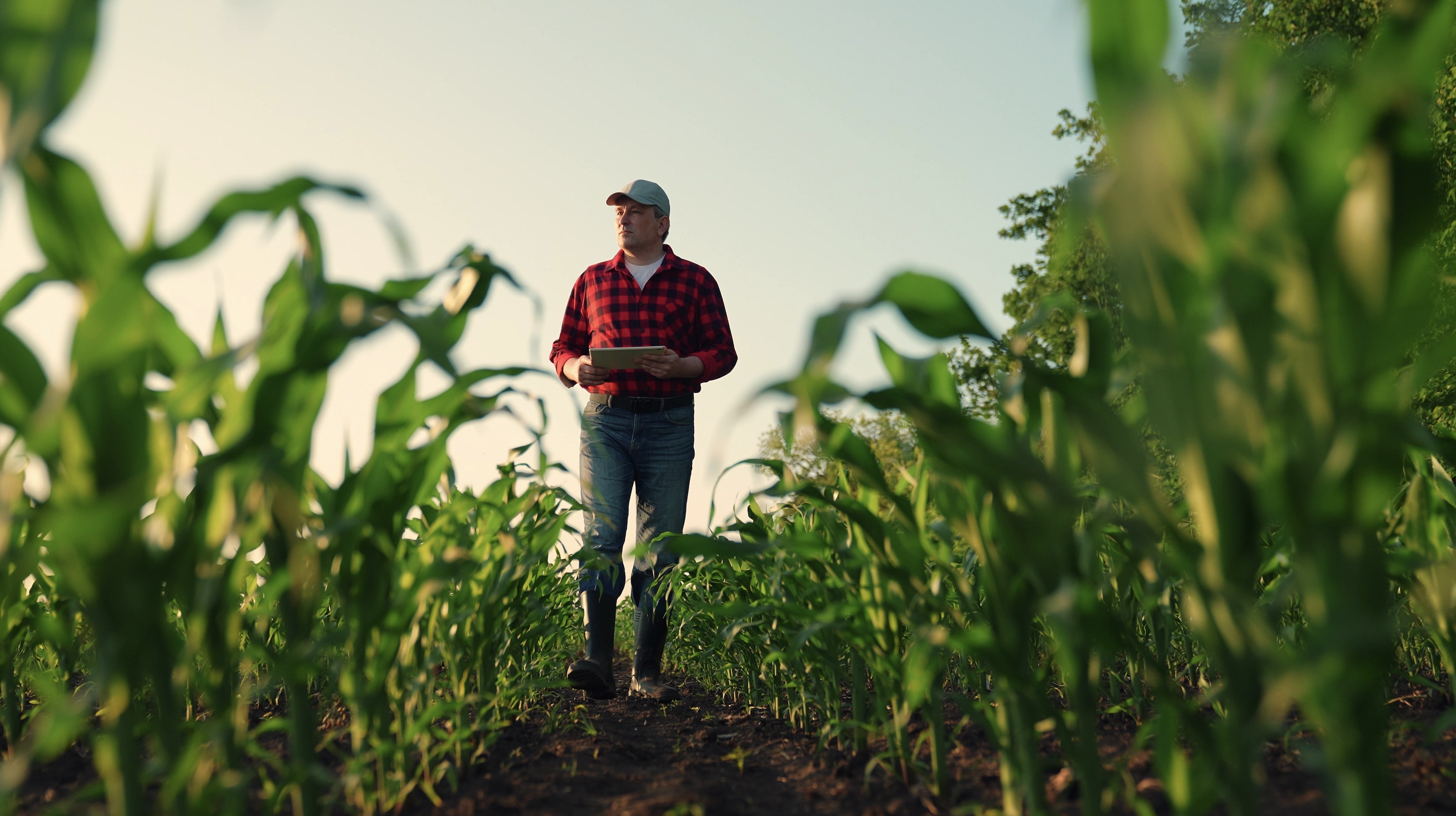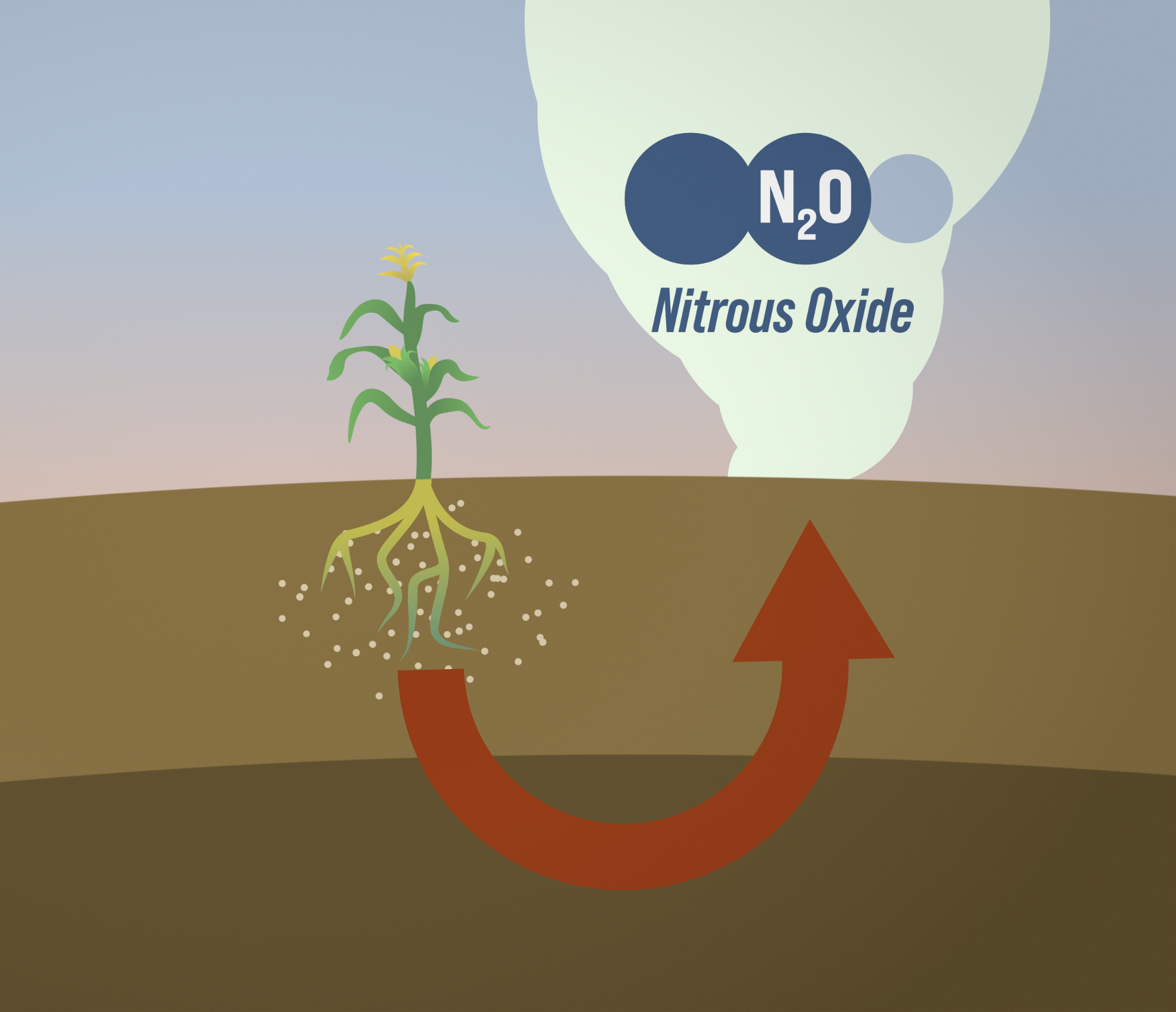
Nitrous oxide:
a powerful greenhouse gas
300 times more powerful than carbon dioxide, but rarely addressed
Agriculture releases the majority of nitrous oxide emissions
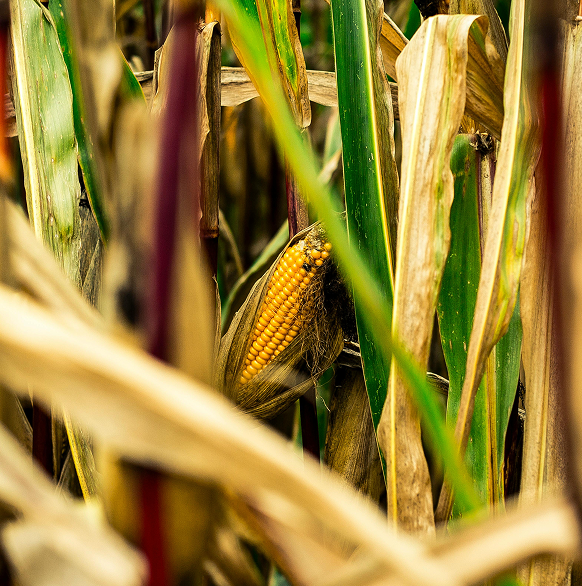
All greenhouse gases are invisible. But one greenhouse gas is invisible to policymakers – even though it stays in the atmosphere for a century and is almost 300 times more powerful than carbon dioxide. It’s also the biggest threat to the ozone layer.
Farming produces more than three-fourths of U.S. nitrous oxide emissions, and nitrous oxide is the largest source of greenhouse gas emissions from U.S. agriculture – even larger than methane. Nitrous oxide emissions have grown dramatically in recent years – by 40 percent between 1980 and 2020 – and they’re growing faster than at any time in the last 800,000 years.
Figure 1
After a century of increasing fertilizer inputs, croplands now release more nitrous oxide emissions than ever.
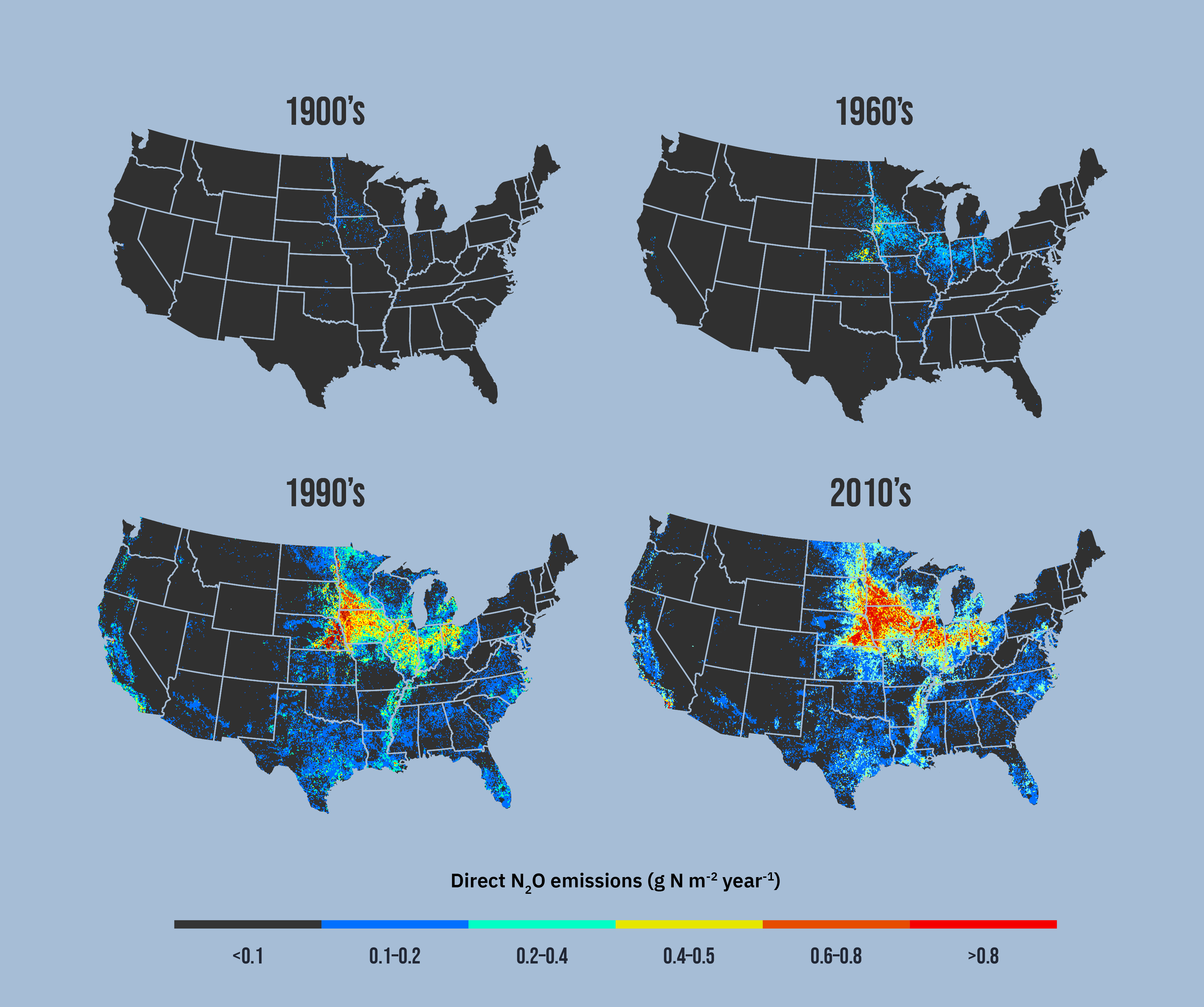
Average annual direct soil N2O emissions (g N m-2 year -1) across the contiguous United States in the 1900’s, 1960’s, 1990’s and 2010’s. Source: data from Lu et al. (2022).
Figure 2
Nearly 12 million tons of nitrogen fertilizer are applied to farmland every year.
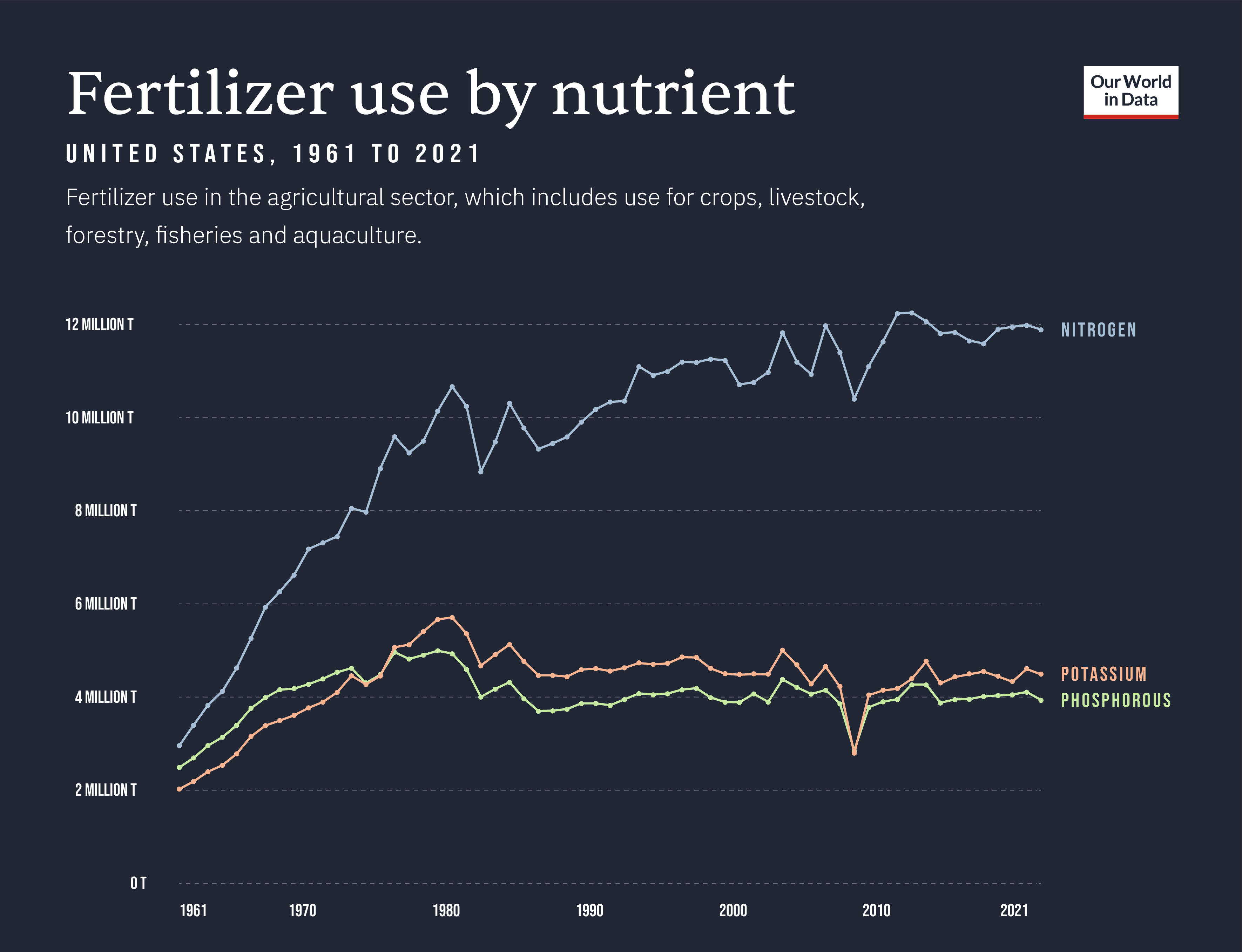
Source: Our World in Data using data from Food and Agriculture Organization of the United Nations (2023).
Farmers can use conservation practices to reduce nitrous oxide emissions.
When farmers apply fertilizers to their fields, nitrous oxide is released. How much is released depends on a lot of factors, including soil chemistry, moisture, and temperature. Changes in the timing, type, placement, and amount of fertilizer, and changes in how crops are irrigated, can make a big difference.
